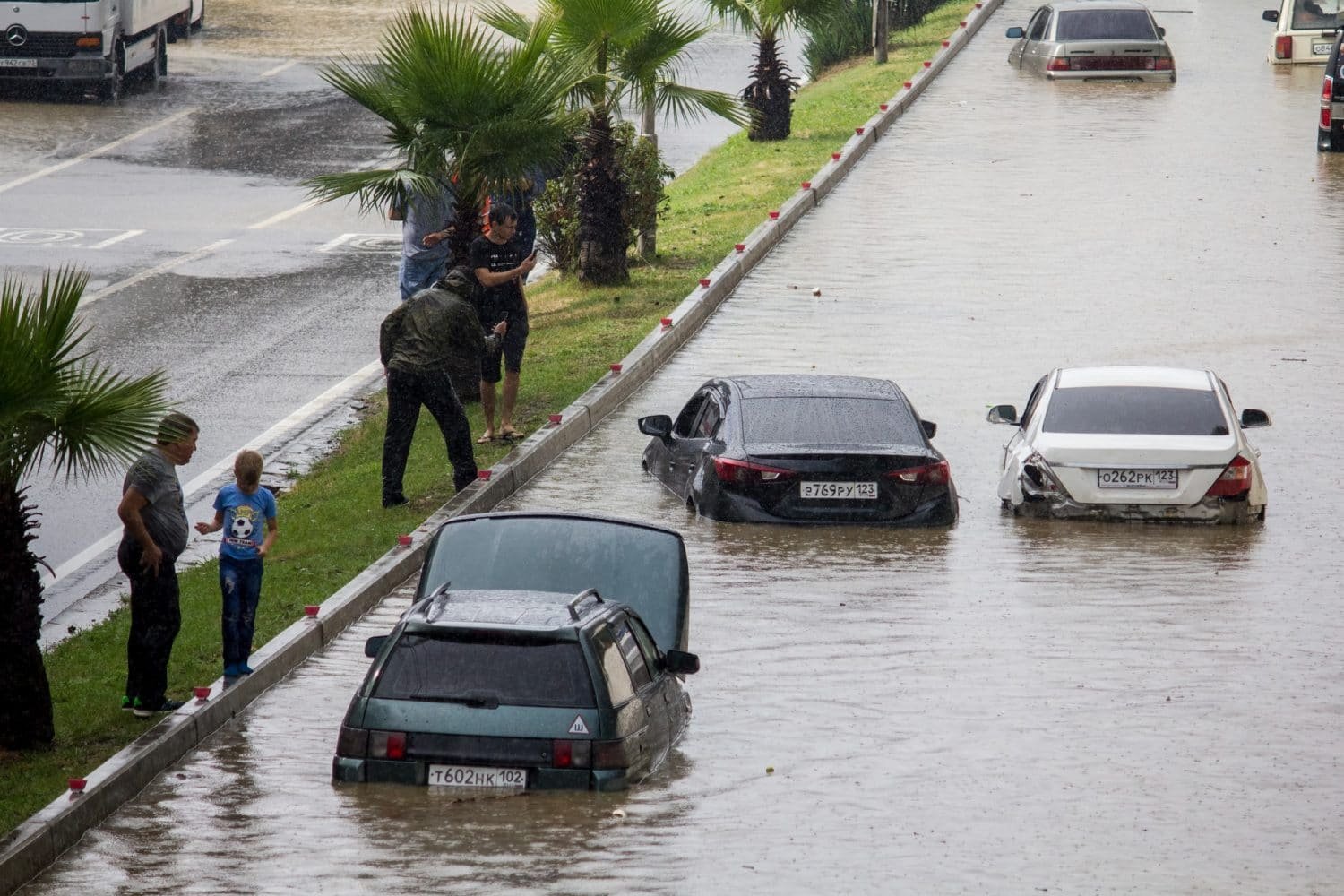A flood can damage a vehicle in any number of ways, from the mould, rust, foul interior smell and spoiling the upholstery to ruining the electronic wiring, causing engine problems and destroying electronic devices.
All these damages make It crucial for a car owner to protect their car from the floods or any other water damage.
Vehiclecheck USA’s VINCheck allows car buyers to see whether a vehicle has ever been flooded or damaged.
We have listed five points that will help you in protecting your car for any flood or water damage.
Check & Decode Any VIN Instantly
Get your VIN check and find hidden problems with any car! Comprehensive vehicle and accident history, service and repair information, specifications, theft status and more

- Seal everything
- Go to high ground
- Avoid driving through pools of water
- Steer clear of other vehicles
- Keep Revving
Seal Everything
For those who park their vehicle outside, try to seal your car tight when you see any storm is coming. Make sure to shut the doors and sunroof properly, also roll up the windows. Your car’s interior can damage if the water enters in anyways. Remember the chance of mold, bad odor increases with increase in moisture or if water gets in the car.
Before the storm hits your car, try to repair all the cracks in the windows. You can also seal them to prevent any further damage. Don’t forget even a minuscule crack can let moisture in and cause problems.
Go To High Ground
If you are heading towards the high ground and a storm hits on the way. Park your vehicle in high areas. It will help you avoid floods that could form easily in the low-lying places and it will also protect your car’s undercarriage which will later prevent the rust formation.
Avoid driving through waterlogging
Water Logging is very likely during and after storms. It is better not to drive through the waterlogged areas. Drive with full precautions and always be alert. If you do encounter areas with waterlogging, gauge how deep they are, If it appears deep that the water can reach to your car’s undercarriage or another vulnerable place don’t try to push through better look for an alternate route. In case, if you are left with no choice other than going through it, then keep a slow and steady speed while crossing. Don’t try to stop the car in such places as it could cause water to get inside your car.
Steer clear of other vehicles
During storm try not to over speed as this could lead you to divert from your projected trajectory. Driving near to large vehicles can be dangerous as they can create waves which will push water higher and cause it to enter your car.
Keep Revving
If you are stuck in a situation where you don’t have any other option, go through water but don’t forget to keep your car’s engine revving. This will prevent excess water sucking into the exhaust. 4-5 mph acceleration will safeguard your engine from the impact of the flood by producing the small wave.

